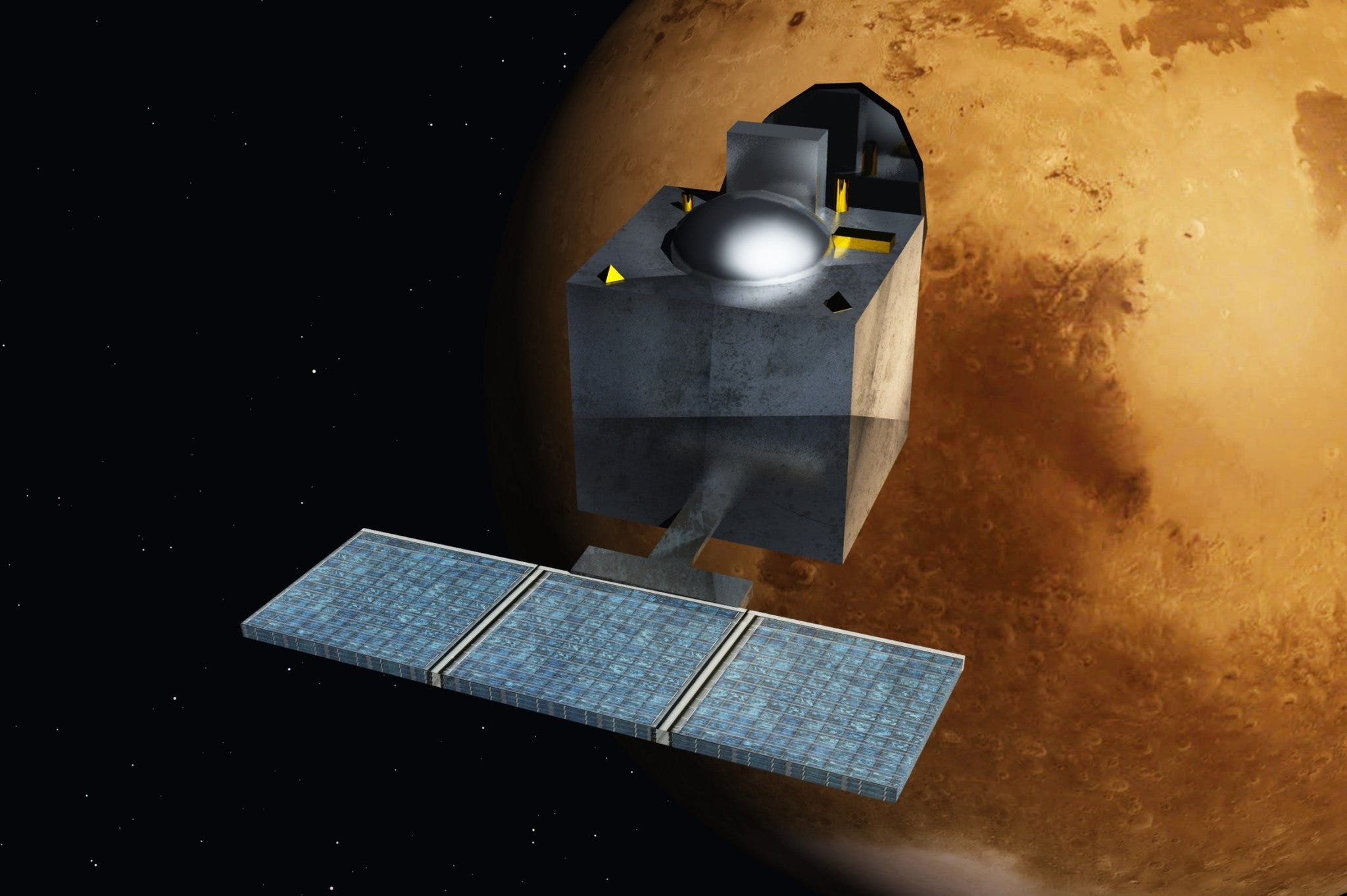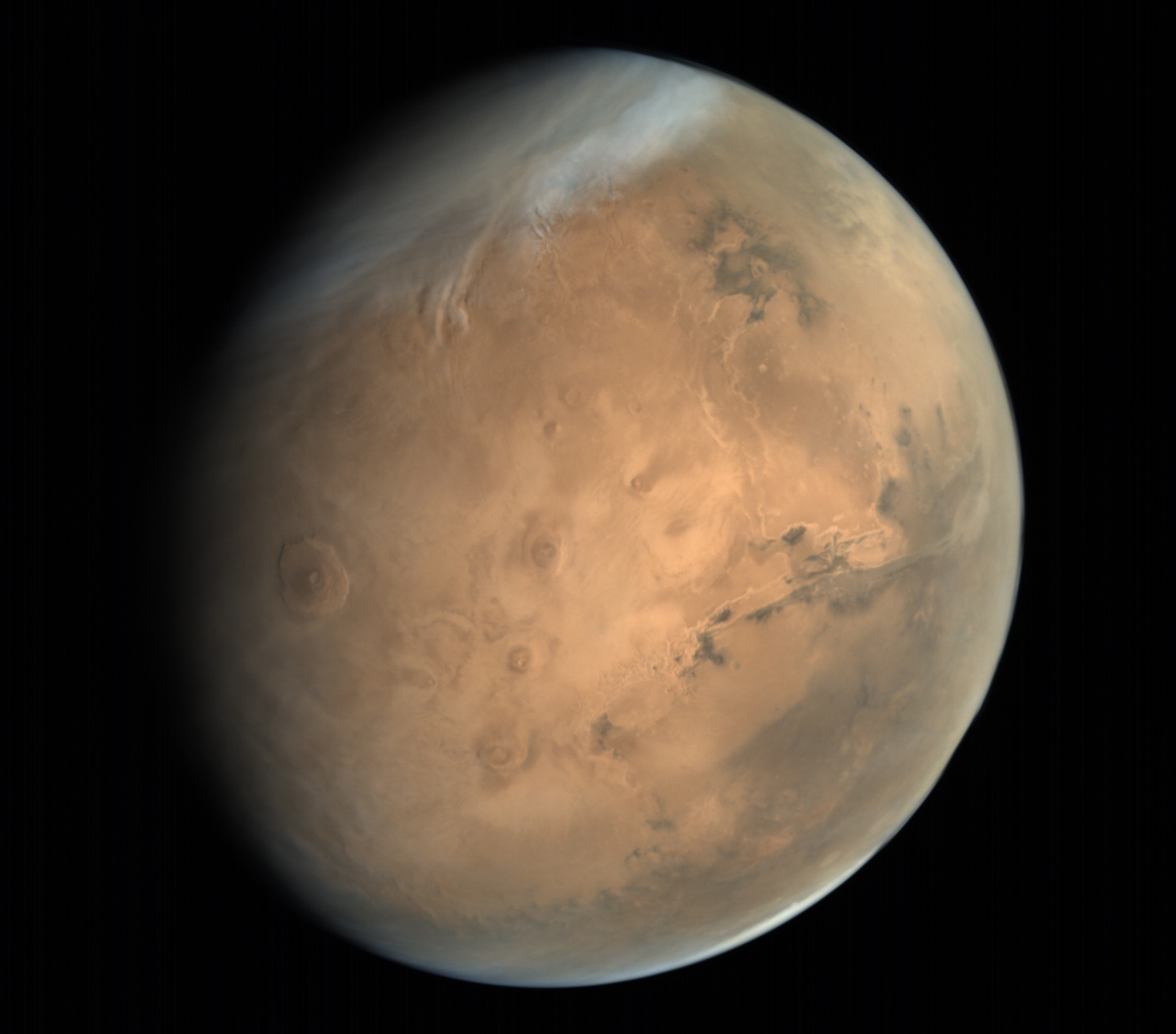Again, Mangalyaan was never a science mission

When India’s Mangalyaan spacecraft successfully entered Mars orbit on September 23, 2014, it made ISRO only the fourth organization in the world to achieve the feat, after the United States, the Soviet Union, and ESA. The fact that Mangalyaan was India’s first interplanetary mission, and cost just $70 million, earned it even more international respect while instilling a sense of pride among Indians. But how much pride is too much pride? Here’s how ISRO officially described the Mangalyaan spacecraft’s end of life in a release on October 3 (emphasis mine):
It was also discussed [at a national meet] that despite being designed for a life-span of six months as a technology demonstrator, the Mars Orbiter Mission has lived for about eight years in the Martian orbit with a gamut of significant scientific results on Mars as well as on the Solar corona, before losing communication with the ground station, as a result of a long eclipse in April 2022. During the national meet, ISRO deliberated that the propellant must have been exhausted, and therefore, the desired attitude pointing could not be achieved for sustained power generation. It was declared that the spacecraft is non-recoverable, and attained its end-of-life. The mission will be ever-regarded as a remarkable technological and scientific feat in the history of planetary exploration.
Setting aside the fact that ISRO never officially communicated any efforts to keep the spacecraft alive, which is sadly not a widely expected trait from the publicly funded agency, ISRO can’t seem to stop calling Mangalyaan a “scientific” success. I’ve already laid out previously how Mangalyaan has a huge vacuum of scientific results so please read that as well as a response from an ex-ISRO scientist to it followed by my rebuttal response to get a broad picture of the situation. But the bottomline is that Mangalyaan’s scientific output is low simply because it was never designed to be a scientific mission.
Mangalyaan was a technology demonstrator, and an amazing one at that, right from making things work with an unusually small launch vehicle to the planetary exploration technologies it helped develop for India. But forcibly calling it something more is not just wrong but dangerous. It instills, in a large population no less, a false sense of scientific achievement as well as conditions us to have subpar expectations from future missions.
Granted, it’s decidedly unfair to directly compare India’s nascent planetary efforts to mature endeavors from NASA or ESA. But our bar for scientific discovery can at least be our own Chandrayaan 1 or AstroSat, each of which for their own unique reasons have led to hundreds of published works in peer-reviewed international journals—well over an order of magnitude more than Mangalyaan.
Even initial science from the ongoing Chandrayaan 2 orbiter, while delayed, did make progress in some key, specific results expected from it, such as quantifying water on the Moon’s poles and the sunlit surface. Another example demonstrating the orbiter’s raw capacity is a recent result published in a peer-reviewed, revered international journal, which concerns the amount of plasma in the Moon’s exosphere and is a key characterizing measurement never done by any prior spacecraft. ISRO shared another similarly vetted and unique result on the agency’s website just today, October 7, about the first ever global-scale sodium maps of the Moon. Such a steady stream of quality results has, sadly, simply never been the case with Mangalyaan.
Even though I remain optimistic and excited about India’s upcoming planetary missions, it ultimately rests on our crucial collective ability to not forget how to correctly measure progress. But also, while we do recognize and respect Mangalyaan’s success as a technology demonstrator, ISRO has no firm plans for a successor Mars mission for years to come.
The right way to honor Mangalyaan is to thrust its good forward and egress the rest.

Republished by The Wire Science.
→ Browse the Blog | About | Donate ♡
